The moment is here. I finally received my preordered Canon R5 Mark II. Fortunately, my preorder was fulfilled in the first batch that was shipped out by Canon…because I had the good sense to place my preorder for this camera within 15 minutes of it at first being available for preorder. I certainly learned my lesson with the FujiFilm X100VI (I’m still waiting for my February pre-rder to be fulfilled on that one). Canon a released statement not long after the preorder period started that they received more orders than they could fulfill. I have no idea how bad the supply situation is at this point. I’m just happy that I got one from the first batch. Fans of ThruMyLens well know that I was initially not enthusiastic about the Canon 5D Mark II and had initially thought that I might cancel my pre-order.
Based on the pre-launch reviews of the R5M2, there is certainly a compelling argument that the R5 is going to be better than fine for most photographers. I was seriously questioning the need to upgrade. But the more I thought about it the more I came to appreciate the “quality of life” upgrades that I would get with the R5M2. perhaps the most compelling of which is the new electronic viewfinder. While it doesn’t offer any more resolution than the previous R5 view finder, it is absolutely huge. And at my age (fast approaching 55) I need all the help that I can get in this regard. it’s sort of like the difference between the iPhone Pro and the iPad Pro. I can usually get most tasks done on either, but life is so much better for me when I have a big screen to look at.
The flip out screen on the R5M2 also said to not have any boosts and resolution like the viewfinder, however, text and images on the screen are noticeably sharper, so I count this as another quality of life improvement.
WHAT ABOUT PHOTO DYNAMIC RANGE?
There has been much to do about the loss of dynamic range in the R5M2 as compared to the R5. Is the issue real? In absolute terms, yes. Like all backlit stacked sensor designs to date, there is some minor loss of dynamic range as compared to traditional non-stacked back lit sensors. Am I concerned? Not really, no. The loss of dynamic range is measurable, but does not appear to be significant or something that you would necessarily notice in most real world shooting situations. Additionally I have the Canon R6 Mark II which, according to those who test such things has a dynamic range that is pretty darn comparable to the R5. So if I get in a shooting situation where I’m really concerned about optimal dynamic range, I have choices.
Here’s the first shot that I took with my freshly out of the box Canon R5 Mark II, using an adapted EF 35mm 1.4 II. It’s a fairly challenging shot from a dynamic range perspective. You really have to expose for the highlights in the bracelet and case of the watch and then bring up the exposure in the darker areas of the photo like the dial and reflection. I shot this with the mechanical shutter at ISO 800 which is what I typically use for studio watch photography:
I’m very pleased with how it came out and in short, I am not noticing any differences in the dynamic range of the photo from any other that I would take. What did stand out is the watch dial. I’ve taken probably 200 watch photos with the R5, with several different lenses. I don’t recall one being this sharp and clean. This was not an isolated incident. I would learn as I continue to take photographs that there was noticeable improvement in much quality on the R5M2 versus the R5.
The Saturday after receiving my R5 Mark II, there was a Cars & Coffee car show in West Chester, Ohio which is about a 20 minute drive South for me. I was really anxious to do some “real world” shooting to see if there was a noticeable difference between the R5 and R5M2 in dynamic range. This first shot is of my own BMW X3M with three different versions: 1)R5 mechanical shutter. 2)R5M2 mechanical shutter. And 3)R5M2 electronic shutter. Going into the test I expected to not be able to spot much of a difference between 1 and 2, but 3 would be the question mark. All three photos were taken with the Canon EF 35mm F1.4 II at F1.8 and had a combination variable ND and CPL filter on the lens, shot at the base ISO 100. Again, based on independent testing, ISO 100 is where you’d expect to see about a 1/2 stop difference of dynamic range. Here are all three photos exported to .jpg format with no edits:
I’ve pixel peeped the heck out of these three photos and there’s only one remotely noticeable difference between the two R5 photo and the R5M2 photos. Both the R5M2 photos show a bit more warmth and true-to-life color of the trees in the background. The trees in the R5 photo are a bit cooler by comparison. But, from a dynamic range perspective, I can’t spot a difference. Based on these, as well as other photos I took during the day, I was pretty well satisfied that dynamic range differences in the R5 and R5 Mark II would not significantly impact me. But I wanted to continue to explore the differences in the R5M2 mechanical and electronic shutter, particularly if I had to push the dynamic range in post. Here’s a photo I took with the R5M2 in both mechanical and electronic shutter mode, before any photo editing was applied. Both shots were taken with the EF 35mm F1.4 II at F1.4 and ISO 100:
Obviously these are some pretty ugly pictures exposure wise, but let’s see what they look like after I try to really push the shadows and exposures in the dark areas of the photo in Lightroom – which was darn easy to do with the new AI selection tools:
In both of the “after” photos, I’m seeing some (but not terrible) digital noise both the clouds and the asphalt, but it’s a bit more pronounced in the electronic shutter version. Note that these photos weren’t edited to be “pretty” but rather for testing purposes.
Here’s another photo I took where I exposed for the sky, and had to significantly push the shadows and exposure in the darker areas for an HDR-like effect on the image. Again, two versions – one taken with the mechanical shutter and one with the electronic:
This set of photos wasn’t as extreme in terms of needing to lift the underexposed parts of the image, but it was extreme. Both images exhibit some digital noise in the white sign in the background, and in the blue tent among other areas, and there’s slightly more in the electronic shutter version as you might expect.
The testing I did underscored two important facts. First, there’s a negligible difference in dynamic range from the R5 in mechanical shutter mode to the R5 Mark II in mechanical shutter mode. So much so that I think you’d be hard pressed to see the difference even in photos exhibiting extreme dynamic range variance. Secondly, the difference in dynamic range between the R5M2 in mechanical vs electronic shutter mode is more noticeable, but not so much that there would be a concern about a photo being usable when taken with the mechanical shutter, but unusable when the same photo is taken with the electronic shutter. Stated differently, if an extreme dynamic range photo is salvageable, it won’t matter much if it was taken with the mechanical or electronic shutter.
Now I’ll discuss some of the more controversial subjects associated with the R5 Mark II.
BATTERY GATE
Yes, the Canon R5 Mark II does require the use of a new proprietary LP-E6P battery if you want to use some advanced functionality. It’s probably 85% functional using the previous generationLP-E6NH. The R5M2 will not however even turn on if you try to use a 3rd party battery. As you might expect, there was much weeping and gnashing of teeth in the online community concerning the new battery – Battery Gate! Look, I was mildly annoyed too. I’ve got four LP-E6P batteries. The good news is, I can use them in the R5M2 – I’ll lose some frame rate speed in photo mode, some of the higher end video capabilities, and per-continuous shooting. In other words, using an LP-E6NH basically turns my R5M2 into an R5. I can still shoot 4k/30FPS (which is what I shoot all my YouTube videos in) and shoot 12 FPS with the mechanical shutter with the LP-E6NH batteries. Not the end of the world. The battery was redesigned because the R5M2 functions do require more power output than what the LP-E6NH provides. I was able to pick up a spare LP-E6P so I’ll be good. One battery can generally get me through a day of photo taking. I may pick up a third battery with the the inevitable Amazon gift card someone will give me at Christmas.
HOT SHOE COVER GATE
Another much-to-do-about-nothing issue I’ve read and heard about in reviews is the hot shoe cover on the R5 Mark II. The previous generation R5 had a traditional hot shoe, but like the latest crop of Canon camera body releases, the R5M2 has a “multi-function” or electronic hot shoe. But for some reason, the hot shoe cover is re-designed on the R5M2 and has more active retention. As such, some people report having a very difficult time removing the hot shoe cover on the R5M2. It’s not that hard folks – just use two hands. One hand presses the tiny release button, and the other pulls straight back holding on to the side grips. Fun fact: I’m aware of at least three differently designed Canon hot shoe covers. R3 (which I believe was the first Canon to receive an electronic hot shoe), the R6 Mark II, and the R5 Mark II. The R5M2 is a much more action oriented camera, so in my mind it makes sense that the hot shoe cover would be more robust and provide better protection. But all of Canon’s hot shoe covers are compatible with one another. I tested this:

LEFT: Canon R6 Mark II with the standard hot shoe cover for this camera. RIGHT: R5 Mark II wearing the hot shoe cover from the R3.
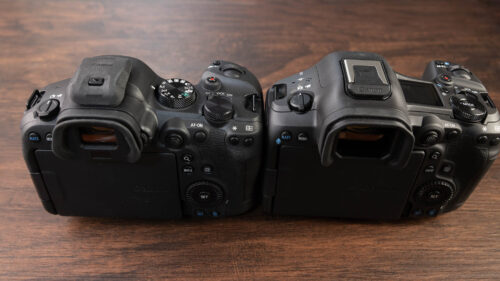
LEFT: Canon R6 Mark II wearing the Canon R5 Mark II hot shoe cover. RIGHT: Canon R5 Mark II wearing the R6 Mark II hot shoe cover.
The R5M2 hot shoe cover provides the most protection, but is slightly more “fiddly” than the R6M2 and R3 hot shot covers. The R3 hot shoe cover fully covers the hot shoe, unlike the R6M2 one which just covers the electronic contacts on the hot shoe. Once you get the technique down, the hot shoe cover on the R5M2 isn’t difficult to remove and get back on, but if you find yourself needing to take it off and on again multiple times in the field you may want to consider spending about 5 bucks to get one of the other compatible hot shoe cover designs.
VENT GATE
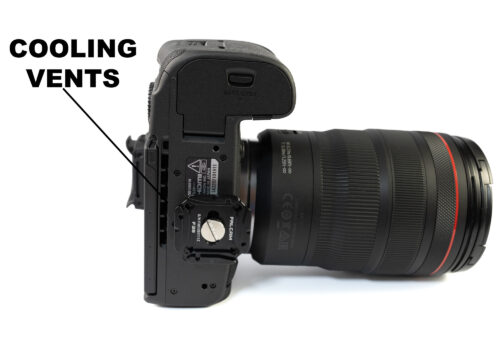 The R5M2 now features some cooling vents in the bottom of the camera body – pictured in the above photo. The collective assumption is that these vents will provide more airflow inside the body of the R5M2 and that it should not overheat as quickly as the R5. And I personally think the collective wisdom is wrong in this assumption. I believe the cooling vents first and foremost work in conjunction with the cooling grip for the R5M2, which forces cooler air into the R5M2 through the cooling vents when the cooling grip is attached to the body. But without the cooling grip attached, I’m not sure that they do that much for you to cool the camera. Particularly depending on if you you’re using the tripod mount on the camera. You can see in the above photo that the Falcam F38 quick-release plates I use does not cover the vents, but there are plenty of other tripod plates that will cover those vents when installed. The jury is still out as to whether the R5M2 will record video for a longer or shorter period of time before overheating than the R5. There are many factors that can contribute to overheating, and the R5M2 has many video recording modes/options which the R5 does not. An apples to apples comparison is a bit tricky. Speaking of the R5M2 video capabilities…
The R5M2 now features some cooling vents in the bottom of the camera body – pictured in the above photo. The collective assumption is that these vents will provide more airflow inside the body of the R5M2 and that it should not overheat as quickly as the R5. And I personally think the collective wisdom is wrong in this assumption. I believe the cooling vents first and foremost work in conjunction with the cooling grip for the R5M2, which forces cooler air into the R5M2 through the cooling vents when the cooling grip is attached to the body. But without the cooling grip attached, I’m not sure that they do that much for you to cool the camera. Particularly depending on if you you’re using the tripod mount on the camera. You can see in the above photo that the Falcam F38 quick-release plates I use does not cover the vents, but there are plenty of other tripod plates that will cover those vents when installed. The jury is still out as to whether the R5M2 will record video for a longer or shorter period of time before overheating than the R5. There are many factors that can contribute to overheating, and the R5M2 has many video recording modes/options which the R5 does not. An apples to apples comparison is a bit tricky. Speaking of the R5M2 video capabilities…
VIDEO
I’m a photography guy first and foremost, and despite the fact that I have a YouTube channel, I don’t do a whole lot of video. There are others who are more video smart than I am that can deep dive in this subject. What I can say is that for those of us coming from older Canon hybrid cameras, the various video output formats listed in the R5M2 menu system will be unfamiliar – that’s because they’ve gone with a naming convention that more aligns to what you see in true cinema cameras. For my YouTube videos I’ll be recording in over sampled 4k (4K-D FINE) and at 29.97 FPS. You now have Canon LOG2 or CLOG2 available for maximum video dynamic range…if you can find it. You’ll need to turn on “Custom Picture” in the red menu, fourth tab over). Once turned on you can select “C2” for CLOG2. The R5M2 and now do 4k 120 FPS and 2k 240k FPS with sound. Again, I’m not a big video guy so I don’t anticipate using either of these new slow-mo video frame rates much, but I’m sure they’ll come in handy from time to time for B roll. Canon also eliminated the 30 minute recording time limit on the R5M2 – you can record until the camera overheats or runs out of batter…whichever comes first.
What’s clear is that the R5M2 is a much better hybrid camera than either the R5 or even R5C, though arguably the R5C is a more budget friendly option since you would really need to get the cooling grip with the R5M2 which puts the price delta at nearly $1000.00. Indeed, the R5M2 may just be the best hybrid photo/video camera on the market today. I’m looking forward to trying out the coveted CLOG2 in Final Cut Pro.
ACTION PRIORITY
Action priority is one feature I’ve yet to try, but I can see uses for it even within family/kids photographers. Designed for sports photographers and with three sports modes so far – football, volleyball, and basketball – action priority tells the camera to follow the action, so as a ball is passed between players the focus will shift to whoever has the ball. For kid’s football games this will be great.
PRE-CONTINUOUS SHOOTING
Pre-continuous shooting or pre-shooting is a much requested feature that has finally made its way to Canon with both the R5M2 and R1. Pre-shooting starts when the shutter release button is half-pressed. You’ll get a half second of images captured before every shot. It’s a fantastic feature, but has two main problems with how the feature has initially been implemented (I’m hoping a firmware update will fix these problem sooner than later). First, the duration of the per-continuous shooting mode is fixed at a half second and can neither be increased or decreased. Again, I think this issue will get quickly addressed in firmware soon as it’s kind of a no-brainer. Second, you can’t custom assign pre-continuous shooting mode to a button in order quickly turn it on/off. Why is this a problem? If for example you’re shooting at 30 FPS in camera raw, that’s 15 extra raw files you’re going to get with every press of the shutter. If you can’t easily turn off pre-continuous shooting then the best case scenario is you’ll spend more time deleting files after a shoot than editing them. Fortunately, even without the ability to assign the pre-continuous shooting mode function to a custom button, you do have a couple of options. My preferred solution is to take advantage of the fact that you can now edit the quick menu on the Canon R5M2. To do this, go the the seventh tab of the red menu, and select “Customize Quick Controls.” You’ll find an option for Pre-Continuious Shooting, but in order to select it, you’ll have to first unselect or uncheck one of the existing menu options you don’t need to be on the Quick menu. For giggles, I also added the Eye Controlled focus option to the Quick Menu as I thought I’d be more likely to play with it if I could quickly access it. Your other option to gain quick access to the Pre-Continuous Shooting mode is to add it to the green menu.
AUTO FOCUS
I haven’t yet had the opportunity to test any of the gee wiz AI enabled auto focus functions. That’s just not the type of shooting I typically do. Suffice to say, auto focus was great on the R5, and now better on the R5M2.
WIFI AND CANON CAMERA CONNECT
The R5M2 now supports WIFI 6! This is a pretty big upgrade for me as I do a lot of flat lay product photography, as well as some YouTube product videos which are recorded top down. When mounted this way, I can’t look through the EVF to compose my shot, and even the LCD isn’t always useful. I much prefer to wireless connect my iPad to the camera using the Canon Camera connect app and use my iPad like a monitor. When connected, I can’t look through also use my iPad like a remote control for the camera – I can adjust aperture, shutter speed, and other camera settings. Historically this functionality works great…when it works. The app was difficult to set up and connect, and when you did get it to work, the transmission from the camera was slow and often would “freeze.” No more. Now the camera supports super fast WIFI 6 – that combined with an updated Camera Connect app translates to a fantastic experience. Setup is extraordinarily more easy than it used to be using the wizard. The app also now facilitates live streaming and the ability to use the R5M2 as a web cam.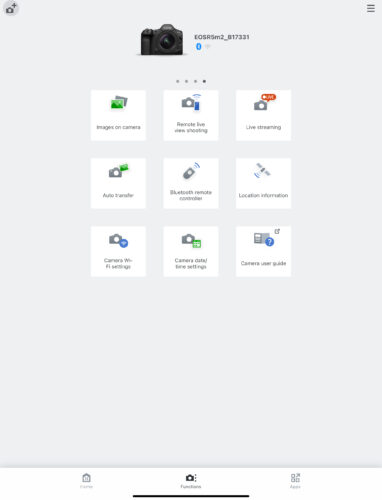
FINAL THOUGHTS
The R5 Mark II may be the best all-around camera on the market today. The R3 and R1 have an even more robust “pro” build quality, but the R5M2 seems to be able to do most everything the R3 can do, just with a larger sensor. In theory, the R1 has a better auto focus system, and a bit higher frame rate (40 FPS vs 30 FPS for the R5M2). For many, if not most professional shooters, the Canon R5M2 will be the better choice over the R3 and even the R1. Let me see if I can both ask and answer the questions on the minds of many who will read this review:
Is the R5 Mark II a better camera than the R5? Unequivocally, yes. And not just because of the “quality of life upgrades” I initially thought would be the only benefits I’d see from upgrading. I’m seeing noticeable improvements in both image quality and color rendering. R5 images can run slightly cool/magentaish. The R5M2 seemed to render colors noticeably more “true” by comparison.
Will the R5M2 pull shooters from other systems over to Canon? Not likely in my opinion – and not because the R5M2 isn’t a great camera. Switching camera systems is just a really bad idea unless you absolutely have to because you’ll sell your existing glass at a loss then you have to turn around and pay retail for new glass.
I’m not happy with the R5 Mark II and was already not happy about Canon not allowing 3rd party lens aupport for the RF lens mount. Should I leave Canon and move over to X brand? This doesn’t at all make sense to me. Canon has FANTASTIC RF lenses available. But they are expensive. So many hobbyists want cheaper, 3rd part glass options like for example Sony has. But if you can’t afford to buy the RF glass you want, why would you take a bath selling all existing Canon glass and moving to a new platform? As a Canon shooter, you can always buy both EF mount lenses and even FD mount lenses for much less than what you’d pay for RF glass.
Should I upgrade from the R5? Will the R5M2 make me a better photographer? The old saying “it’s the Indian not the arrow” applies here. If you’re getting good results in the type of photography you do with the R5, there may not be a forcing function to upgrade. I could have continued living just fine with the R5 – it’s fantastic! Whether or not you upgrade should be first and foremost about matching the tool to what you’ll be doing with it. For myself, if this was the only dimension I examined before upgrading, I probably wouldn’t have. Heck, I have a local friend who is shooting with an R6 that regularly produces better/more interesting photos than I do. And there are LOTS of people out there still shooting on a Canon DSLR and haven’t made the jump to mirrorless – but they’re continuing to produce fantastic work. At the end of the day, I did the cost/benefit analysis of upgrading and made the decision to do so even if it may well have been more rational to not upgrade to the R5M2. I’m very happy with my upgrade decision.
Now when is my Fuji X100VI going to ship to me???
NOTE: two months after publishing this review, I did publish a video supplement to this review or I expressed my thoughts after having used the camera for a longer period of time as well as having more time to use some of the video features:

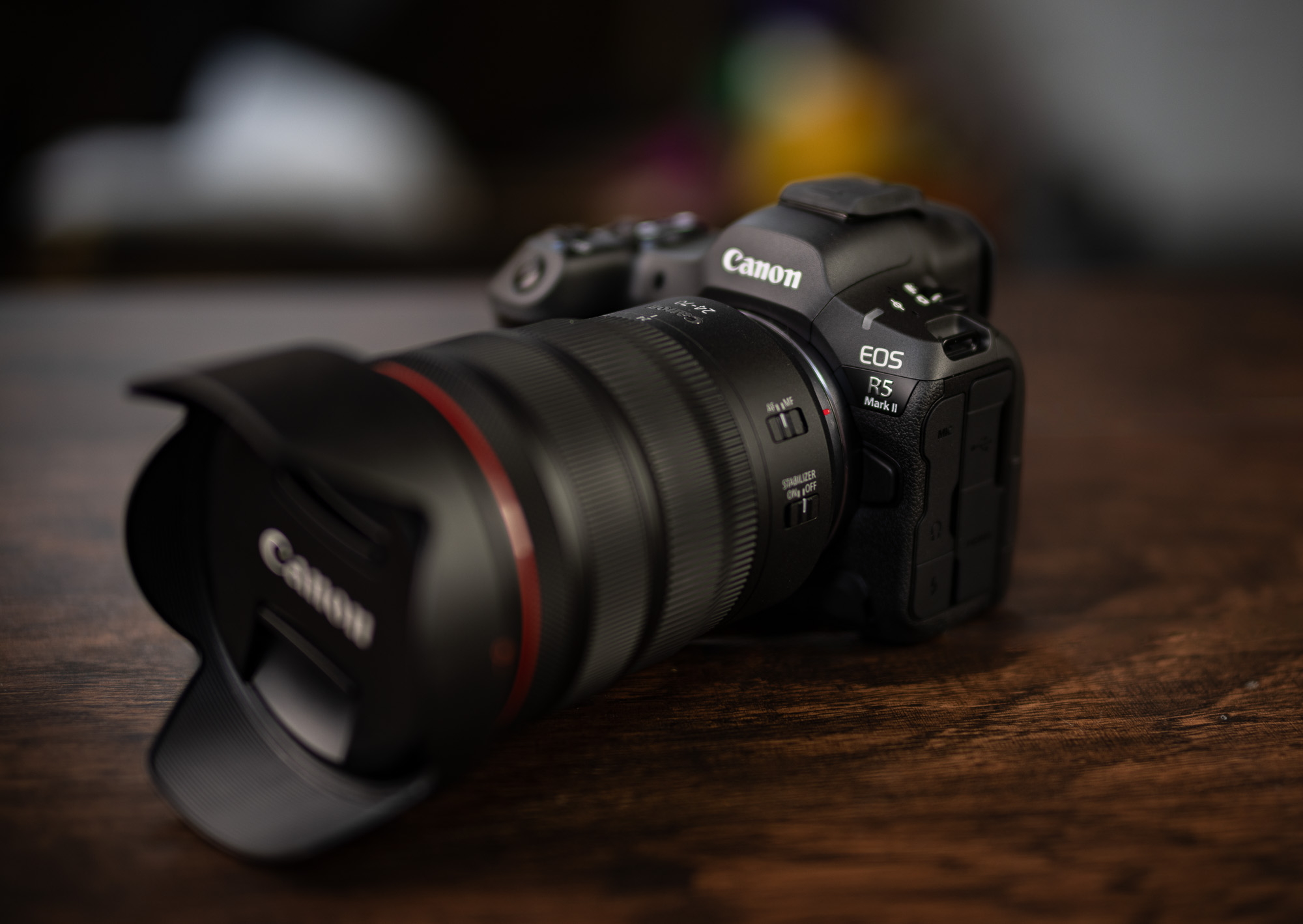
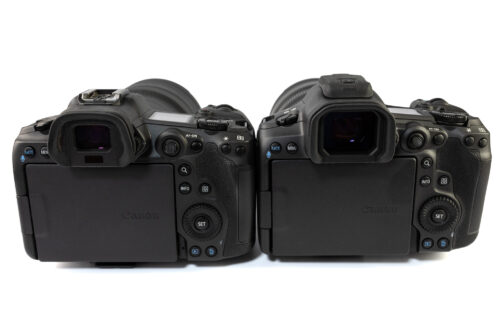
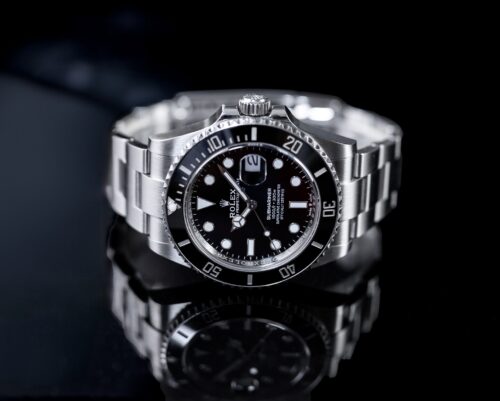
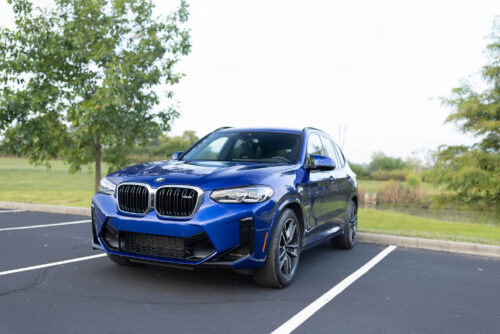
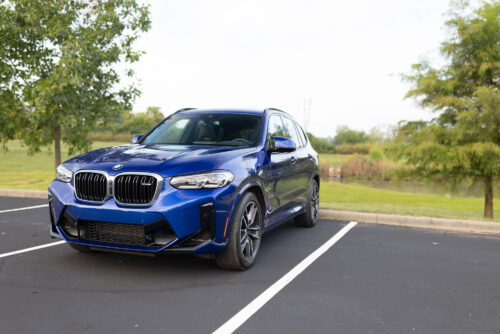
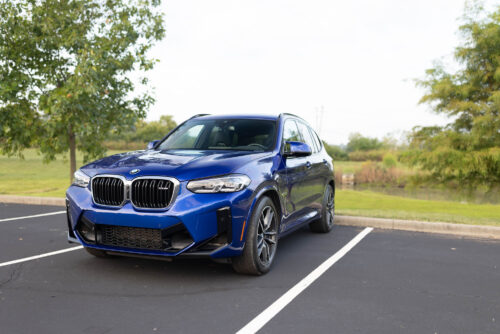
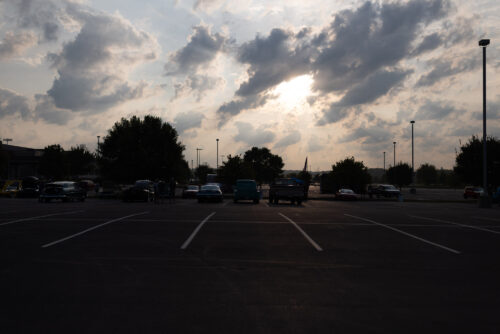
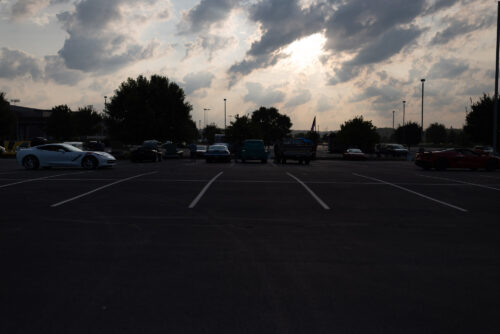
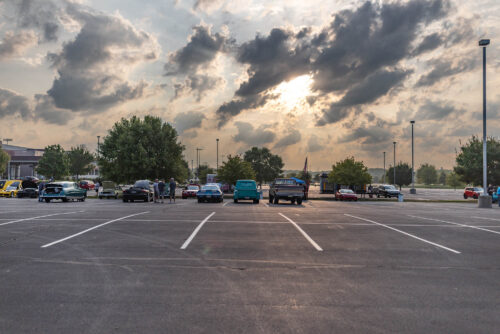

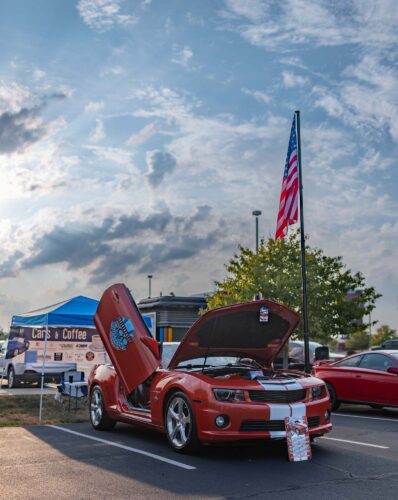

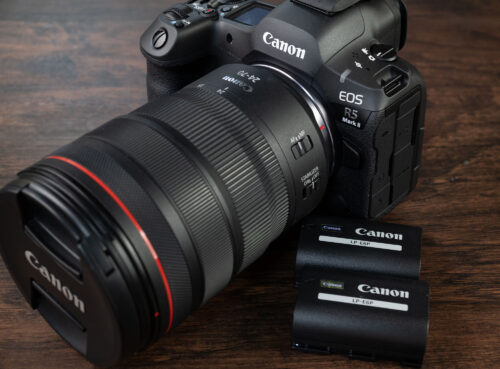

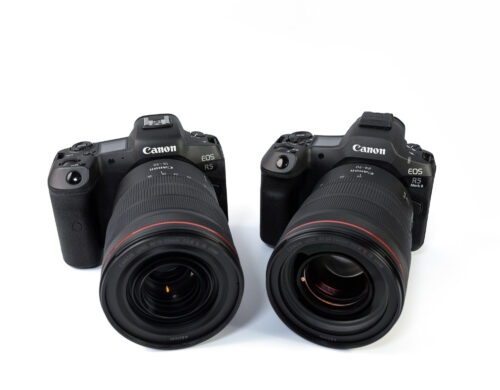
0 Comments
Trackbacks/Pingbacks